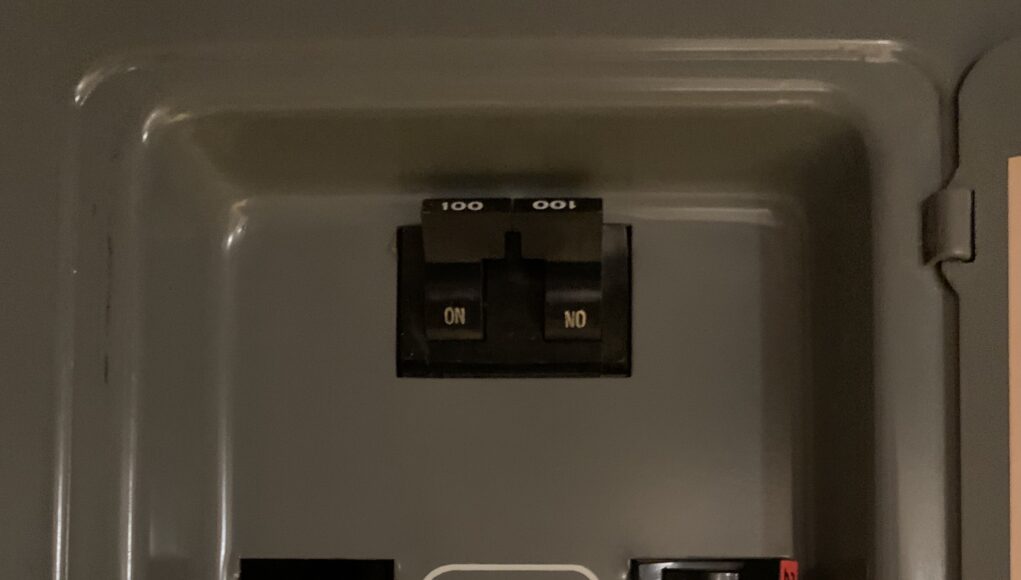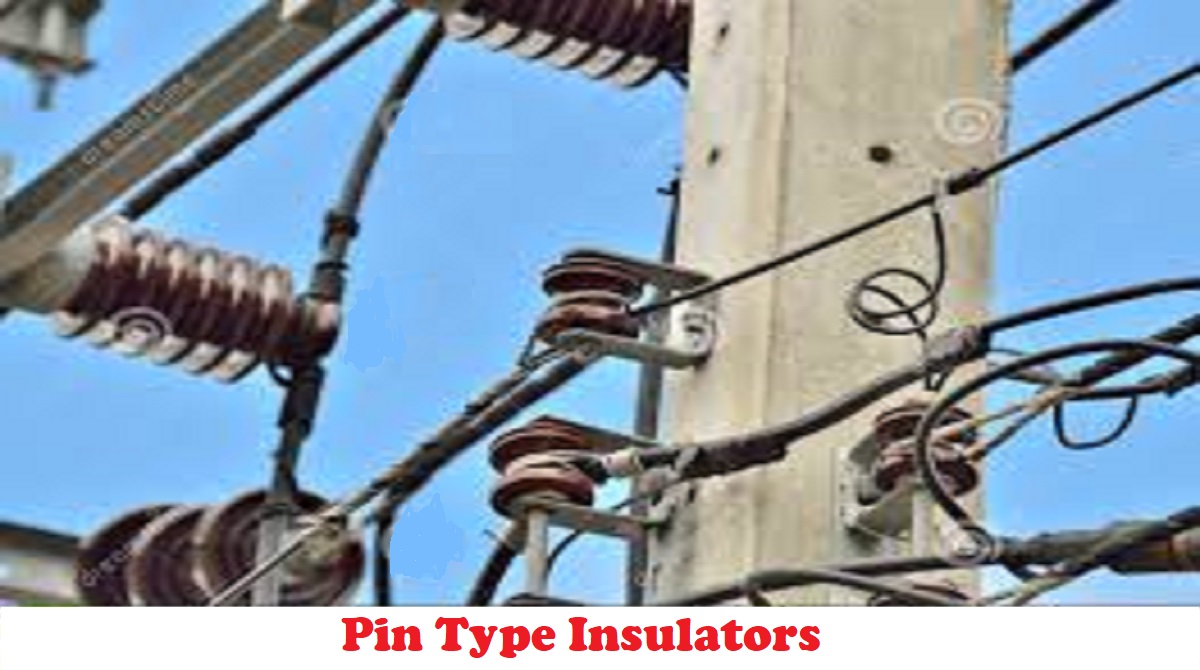From the 1950s until the 1980s, Federal Pacific Electric was one of the most popular circuit breaker panel manufacturers in North America. Thousands of their panels have been put in houses across the United States. Electricians and home inspectors frequently discovered that Federal Pacific Electric panels failed to offer homeowners and their families enough protection over time. Experts claim that while F.P.E. panels may appear to perform OK for years, they can overheat and become fire dangers after a single overcurrent or short circuit.
When a breaker fails to trip, a massive quantity of electricity from the external electrical supply rushes into the panel and circuits of a residence. It is no longer possible to manually stop or turn it off after this. Electricity will burn until the fuel runs out or the wires melt. The panel might overheat and catch fire, putting the home and its residents in danger. If they are correctly maintained, Many Federal Pacific Electric panels and breakers may last for years. However, if and when they fail, a calamity might ensue.
Damage caused by federal pacific electric panels
For years, a Federal Pacific Electric circuit breaker panel may appear in good operating order. However, experts caution that if a Federal Pacific Electric panel has an overcurrent or short circuit, the electrical circuits may not be protected from overheating, potentially posing a fire threat. According to a report, in the case of a power spike, some Federal Pacific Electric panels failed to work correctly roughly 60% of the time. A Federal Pacific Electric panel is seen to the right. The homeowner said a loud pop was heard, followed by a sizzling sound and a burning odor.
The homeowner had no means of knowing that one area had too much electrical equipment. The gadgets need more power than the circuit could supply. According to the electrician, the wire became hot enough to cook an egg. Circuit breakers should usually trip to turn off the power and avoid a fire. Two circuit breakers and a bus bar were destroyed because the Federal Pacific Electric breakers were not working correctly.
What causes the federal pacific’s electric panels to fail?
One of the most crucial components of a home’s electrical system is the circuit breaker panel. It sends and receives power continuously. The panel safeguards households from power surges and other potential dangers. Experts claim that with regular maintenance by a skilled electrician, today’s electrical panels may perform effectively and safeguard houses for up to 30 years.
If you think that your house has a Federal Pacific Electric, Zinsco, or antiquated circuit breaker panel, or if you have not had your panel tested recently, you owe it to yourself and your family to get it evaluated. Federal Pacific Electric (F.P.E.) circuit breaker panels, according to experts, may have three fundamental flaws that might be dangerous:
1. Federal Pacific Electric’s panels may not comply with today’s safety regulations.
From the mid-1950s until the 1980s, Federal Pacific Electric made panels. According to experts, F.P.E. panels manufactured during that period would not comply with today’s revised safety requirements and would thus be prohibited from being marketed to the general public. Years ago, acceptable safety standards were no longer regarded as safe. Experts mention the following reasons why F.P.E. panels would not pass today’s upgraded safety codes:
- Bus bars may be spring-mounted, and wires may be packed inside the panel box.
- They may still be operational when the breakers are in the down position.
- Split-bus breakers may no longer comply with current safety regulations.
2. Federal Pacific Electric panels might have severe problems in their design.
According to experts, the design defects found in F.P.E. panels are not seen in other panels of comparable age. The following are some instances of design problems in Federal Pacific Electric panels:
- When the dead-front cover is removed, breakers may trip unexpectedly.
- The bus bars’ connections to the breakers may be slack.
- Breakers are frequently stuck in their sockets, causing overpopulation in the panel.
- When inserted in sockets, breakers can easily split.
3. There may be manufacturing flaws in Federal Pacific Electric panels.
The Consumer Product Safety Commission (CPSC) discovered that Federal Pacific Electric panels might be inappropriate under UL 289 test parameters for residential use. The materials utilized to build the breakers might be flimsy. As a result, the breakers may not trip, putting the panel at risk of catching fire.
How to troubleshoot electrical panels?
Circuit breakers continually tripping, a flickering light on the back porch, or an exhaust fan that won’t operate correctly are just a few frequent electrical difficulties homeowners experience. However, determining the source of the issues might take a lot of expertise and understanding. Electricians will figure out precisely what’s causing the issue(s) and what other difficulties are occurring, or are about to occur.
Touch one probe of the 120-240 volt tester to the “hot” line’s tip and the second probe to a grounding wire made of bare copper inside the main electrical box. Use a neutral grounding connector for the search connected to ground and neutral wires. If you discover the appropriate level of voltage present, you must replace your circuit breaker.
How much does it cost to replace a Federal Pacific panel?
The cost of replacing a Federal Pacific panel can vary depending on several factors. First and foremost, the size of the panel and the extent of the electrical work required will play a significant role in determining the cost. On average, replacing a Federal Pacific panel can cost anywhere between $1,500 and $4,000, depending on the job’s complexity.
Other factors that can impact the cost include the property’s location, the electrician’s experience and qualifications, and the specific electrical components required. It’s important to note that replacing a Federal Pacific panel is not a job that a DIY enthusiast or an unlicensed electrician should attempt. Improper installation can lead to serious electrical hazards, including electrical fires.
In addition to the financial cost of replacing a Federal Pacific panel, there are also potential safety risks associated with leaving an outdated and potentially faulty panel. If your property still has a Federal Pacific panel, it’s essential to have it inspected by a licensed electrician and replaced if necessary to ensure the safety of your home and family.
Apart from this, if you are interested to know more about Breaker Tripped then visit our TECH category.








